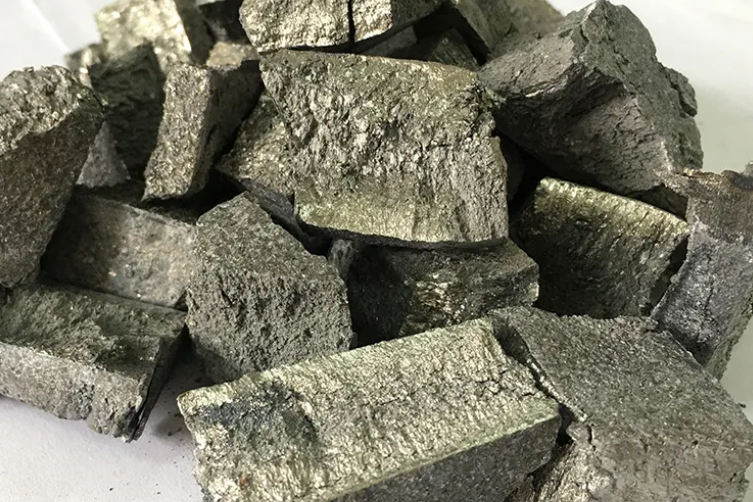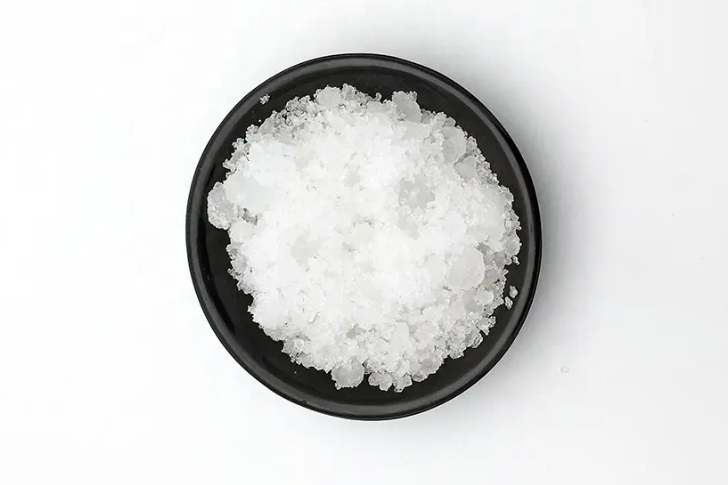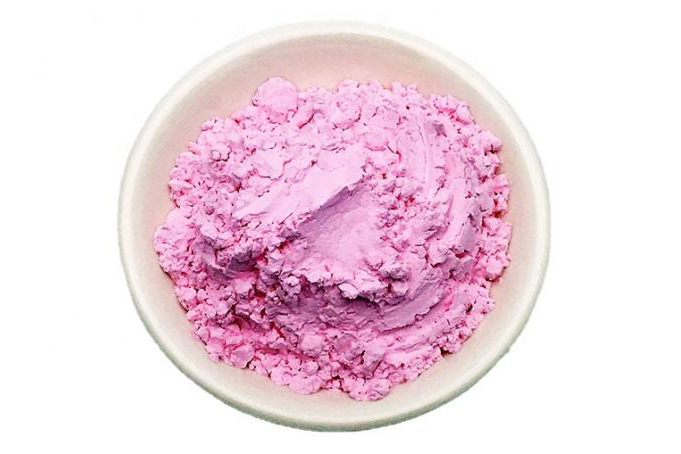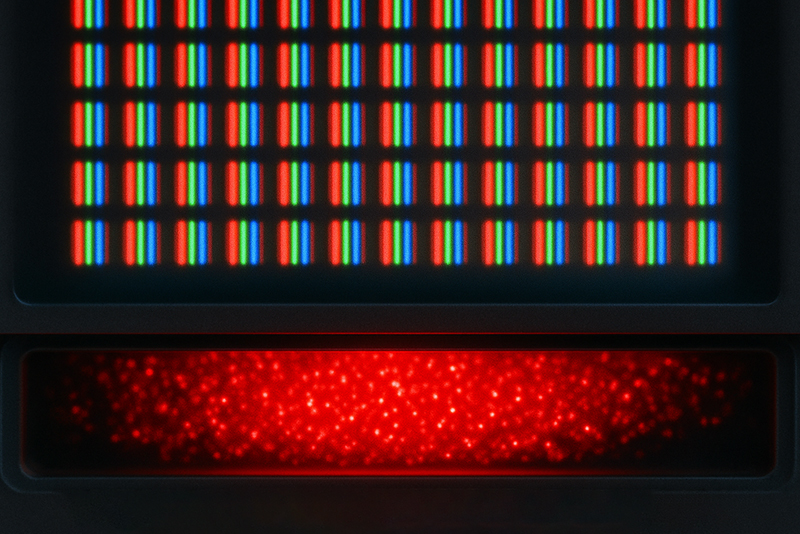Rare earth elements (REEs) aren’t as rare as their name suggests—but they are essential. Think of them as the quiet backstage crew making modern technology run smoothly. From smartphones and wind turbines to fighter jets and high-speed trains, rare earths are there, working behind the scenes.
Take gadolinium, for example. Without it, your MRI scan might be a lot fuzzier. Or yttrium chloride—chances are you’ve never heard of it, but it could be powering the next generation of materials science.
This article dives into the chemistry, applications, and industrial significance of two standout rare earth compounds: gadolinium (in its various forms) and yttrium chloride, plus a lesser-known but intriguing material—yttrium arsenate.
Before we go deeper, let’s clear up a common confusion: What’s the difference between a rare earth element and a rare earth metal?
Rare earth elements (REEs) refer to the 15 lanthanides on the periodic table, plus scandium and yttrium. They’re typically discussed in terms of their chemical behavior.
Rare earth metals are the isolated metallic forms of these elements, refined and ready for industrial use.
In essence, gadolinium is both: it’s a rare earth element, and in purified metallic form, it becomes a rare earth metal with magnetic properties that make it a star player in medical imaging and more.
Gadolinium (Gd) may not be a household name, but if you've ever had an MRI scan, you've likely benefited from it. Gadolinium-based contrast agents (GBCAs) are widely used in magnetic resonance imaging to enhance clarity. Why gadolinium? Its high magnetic susceptibility makes it incredibly effective at altering local magnetic fields—crucial for producing sharp, high-resolution MRI images.
In practice, gadolinium is never used in its raw metallic form in medicine—it’s too toxic on its own. Instead, it’s chemically bound in chelates that are safe to use in the body. These compounds temporarily alter the magnetic environment of nearby water molecules in tissues, making tumors, blood vessels, and lesions much more visible to radiologists.
Beyond healthcare, gadolinium is also used in:
Nuclear reactors, where it acts as a neutron absorber
Magneto-optical devices, benefiting from its magnetic and thermal properties
Phosphors and electronics, as part of specialty alloys and materials
Its versatility lies in the same property that makes it great for MRI—how it behaves under magnetic fields. For a metal most people can’t pronounce, it’s doing a lot of heavy lifting.

If gadolinium is the unsung hero of MRI, yttrium compounds are the behind-the-scenes architects in advanced materials.
Yttrium chloride may sound niche, but its applications are broad:
Ceramic production: YCl₃ is often used in preparing yttrium oxide (Y₂O₃), a high-temperature, chemically stable ceramic used in cutting tools, crucibles, and coatings.
Nanomaterial synthesis: It serves as a precursor for creating yttrium-based nanoparticles used in photonics and catalysis.
Catalysis: In organic synthesis and polymerization, yttrium chloride can act as a Lewis acid, facilitating complex chemical reactions.
Its solubility and reactivity make it a useful intermediate in both laboratory and industrial settings, especially when purity and consistency matter.
Read more: Applications and Importance of Yttrium Chloride

Yttrium arsenate isn’t as mainstream, but it's gaining attention for its photoluminescent properties. Researchers have explored its use in:
Optoelectronic materials, including potential roles in lasers and detectors
Environmental remediation, due to its ability to immobilize toxic metals in certain waste matrices
While not yet commercialized on a large scale, YAsO₄ and similar compounds highlight the expanding frontier of yttrium chemistry in green and functional materials.
In both cases, yttrium’s stability, ionic size, and compatibility with other rare earths make it a key ingredient in materials engineering—even if it rarely grabs headlines.
Rare earths aren’t truly rare—but using them effectively is anything but easy. From the labor-intensive mining process to the precision required in purification and application, these elements demand respect. Whether it's gadolinium enabling life-saving diagnostics or yttrium chloride helping build the next generation of ceramics, rare earths are foundational to our high-tech world. Their compounds may be invisible to most consumers, but they’re pivotal to innovation across industries. And as technologies continue to evolve—faster electronics, cleaner energy, smarter devices—the importance of understanding and utilizing these "minor" elements will only grow.
At Stanford Materials Corporation (SMC), we’re always working to bring you the best rare earth materials to support your projects. Check them out today and see how they can make a difference in your work!
Eric Loewen
Eric Loewen graduated from the University of Illinois studying applied chemistry. His educational background gives him a broad base from which to approach many topics. He has been working with topics about advanced materials for over 5 years at Stanford Materials Corporation (SMC). His main purpose in writing these articles is to provide a free, yet quality resource for readers. He welcomes feedback on typos, errors, or differences in opinion that readers come across.

 Inquiry List
Inquiry List


